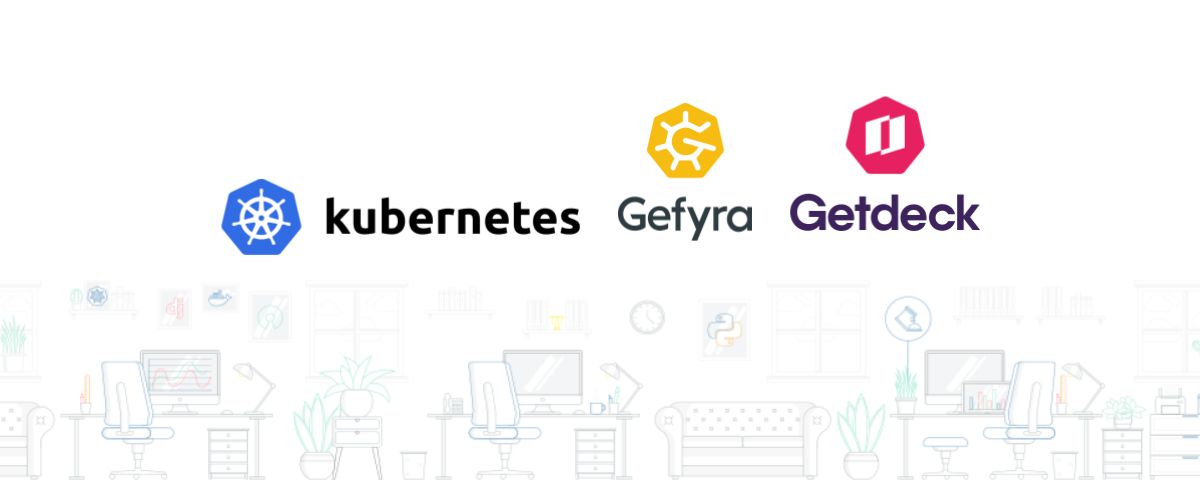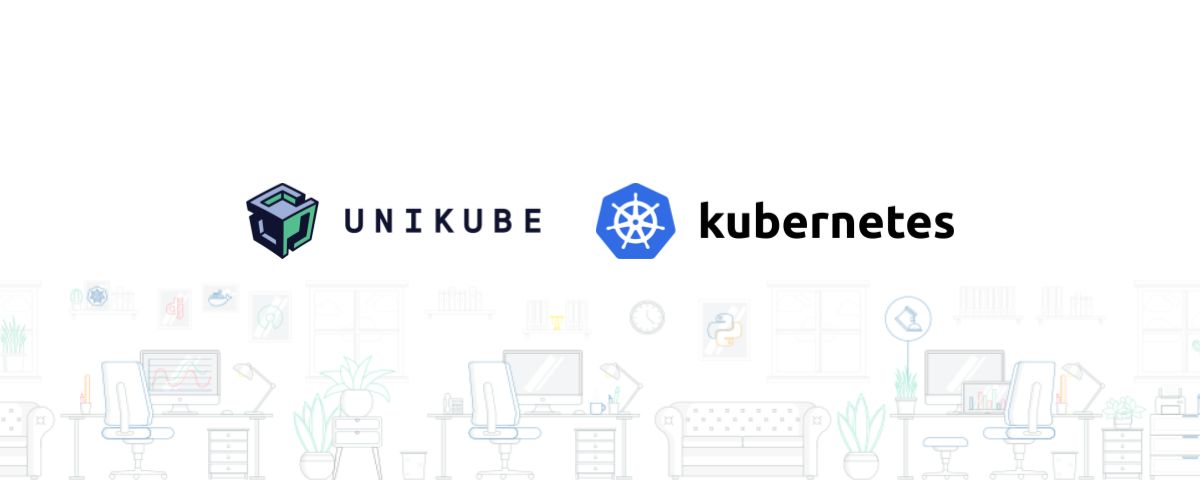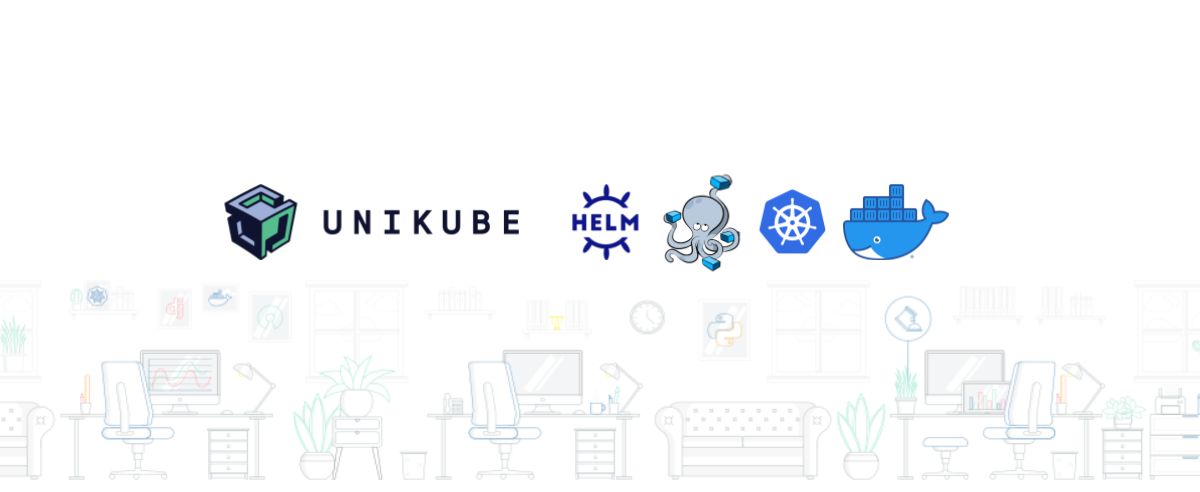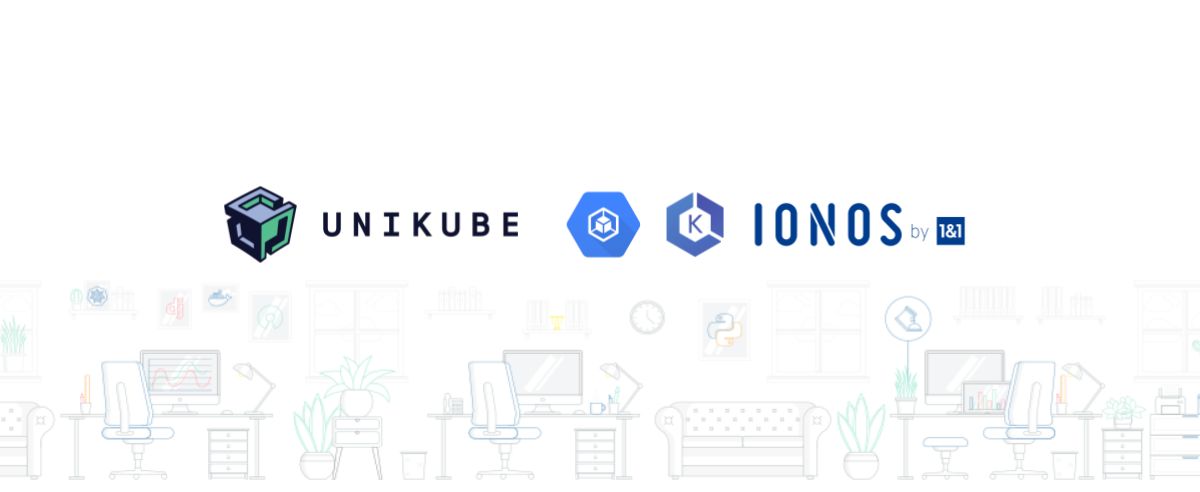Table of Contents
- What is Open Source – and why is it so important for companies?
- The Advantages of Open-Source Software for Companies
- Challenges – and how you solve them
- Open-Source Software Example: How to Successfully Transition
- Conclusion: Open Source = Independence + Efficiency
- FAQ – Frequently Asked Questions about Open-Source Software
2025-05-15
Why Open-Source Software is a Smart Choice for CompaniesMore Freedom: Open Source for Companies
Open-Source Software offers companies flexibility, cost efficiency, and independence from proprietary providers. But what real advantages does it bring, and what challenges exist? In this article, we will show why using Open Source pays off – and what companies should pay attention to.
What is Open Source – and why is it so important for companies?
Open Source means that the source code of a software is freely accessible. Everyone is allowed to use, modify, and distribute it – completely legally. This not only sounds good but revolutionizes how companies deploy software.
More and more companies are using Open-Source software to save costs, work more flexibly, and no longer be dependent on proprietary providers. But what exactly makes Open Source so attractive – and what challenges are there?
The Advantages of Open-Source Software for Companies
Cost Efficiency through License Freedom
One of the biggest advantages: No license costs. Proprietary software often consumes a large portion of the IT budget. With Open Source, you save not just the license, but also expensive upgrades and hidden fees.
Flexibility & Adaptability
You have control:
- The source code belongs to you. You can customize functions, expand or develop them entirely new.
- Instead of adhering to provider roadmaps, you build your software to fit your business model.
No Vendor Lock-in with Open Source
Proprietary software makes system changes difficult. With Open Source, it's different: You can decide whether you want Cloud, On-Premise, or Hybrid – without binding yourself to providers like AWS or Azure. Example: Tools like Kubernetes or OpenStack enable exactly this. At Blueshoe, we deliberately use Docker and Kubernetes to build scalable, containerized solutions – flexible, efficient, future-proof.
Faster Innovation through Open-Source Community
The community never sleeps. Worldwide, developers work on new features, bugfixes, and security updates – often faster than commercial providers. Tools like Kubernetes, Django, Vue.js or Next.js offer the most modern development possibilities – without license restrictions.
At Blueshoe, we combine Vue.js / Nuxt.js in the frontend with Django / Wagtail in the backend. This way, we build flexible web applications with an Open-Source stack that you can expand at any time.
Open Source also means: Cloud-Native & Scalable
Scalability is mandatory today. And precisely for this, Open-Source software is made: Technologies like Docker and Kubernetes are cloud-native from the start and make you independent of rigid platforms.
Whether you're growing in small steps or operating massive platforms – with Open Source, you can flexibly scale your IT infrastructure.
Challenges – and how you solve them
Support & Maintenance
Not every Open-Source software comes with professional support. But don't panic: Solution: Rely on an experienced partner like Blueshoe. We handle support, maintenance, and further development – completely without license contract.
Updates & Security
Security gaps? They exist everywhere. But with Open Source, you bear the responsibility for regular updates and patches.
Our Solution: With automated maintenance and security processes, we ensure that your software remains secure – permanently.
If you want to learn more about Open-Source Software...
Open-Source Software Example: How to Successfully Transition
You want to know what a transition to Open Source looks like in practice? Here's a typical example:
Best Practices for Open-Source Integration in Companies
For Open Source to truly take off, you need a clear strategy. Here are our tips:
- Implement step by step: Start pilot projects and collect experiences.
- Build internal know-how: Equip development teams with Open-Source skills.
- Think API-first: Cleverly plan integration into existing systems.
- Take security seriously: Regular updates, backups & security scans.
- Bring in experts: Blueshoe accompanies you with consulting & support.
Conclusion: Open Source = Independence + Efficiency
Open-source software offers companies numerous advantages - from cost savings to more flexibility to increased security. With the right strategy, potential challenges can be solved effortlessly. Companies that strategically implement Open Source can position themselves more independently and work more efficiently long-term. Companies investing in Open Source not only gain technological freedom but also a sustainable competitive advantage.
At Blueshoe, we support companies in successfully integrating Open-Source technologies into their processes - from developing scalable web applications with Wagtail CMS to implementing modern Cloud Architectures with Docker and Kubernetes. Talk to us and discover how we can optimize Open Source for your company!
FAQ – Frequently Asked Questions about Open-Source Software
1. What is Open Source?
Open Source means that the source code of software is publicly accessible. Companies can view, adapt, and further develop it - without expensive licensing fees. This promotes innovation, transparency, and security.
2. What is Open-Source Software?
Open-Source Software (OSS) is software developed by a community and can be freely used. Examples include Linux, Kubernetes, Nextcloud or Odoo.
3. What does Open Source mean for companies?
For companies, Open Source means more freedom, lower costs, and no dependency on a single provider (vendor lock-in). Additionally, Open Source enables a flexible IT strategy and better security controls.
4. What are examples of Open-Source Software in companies?
Here are some Open-Source Software examples for companies:
- ERP & CRM: Odoo, ERPNext, SuiteCRM
- Cloud & Hosting: OpenStack, Kubernetes
- Security: WireGuard (VPN), OpenSSL, Vault
- Web Development: Django, Vue, FastAPI, Nuxt
5. What are the Best Practices for Open-Source Integration in Companies?
✔ Gradual Introduction: First test individual Open-Source solutions, then expand.
✔ Build Internal Expertise: Train IT teams, define Open-Source strategy.
✔ Use APIs & Middleware: Connect Open Source seamlessly with existing systems.
✔ Prioritize Security Updates: Set up automatic updates & security checks.
✔ Collaborate with Open-Source Partners: Integrate experts for support & maintenance (e.g., Blueshoe 🚀).
6. Is Open-Source Software Really Secure?
Yes, Open Source can even be more secure than proprietary software!
✓ Transparent Code → Security gaps can be tested & closed faster.
✓ Regular Updates → Community & companies continuously improve the software.
✓ No Hidden Backdoors → Proprietary software can have hidden vulnerabilities.


























